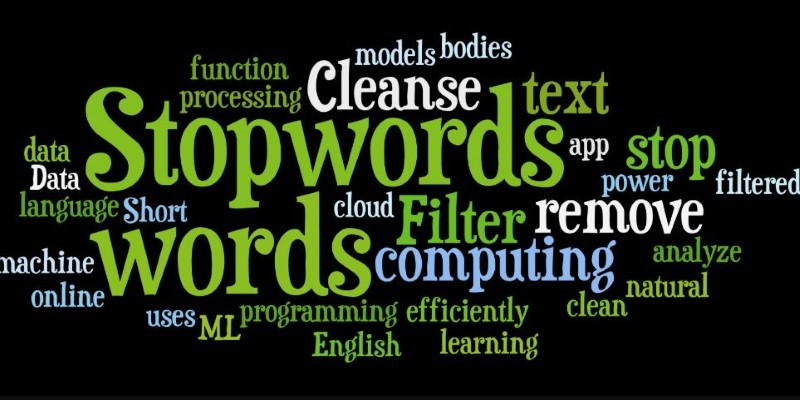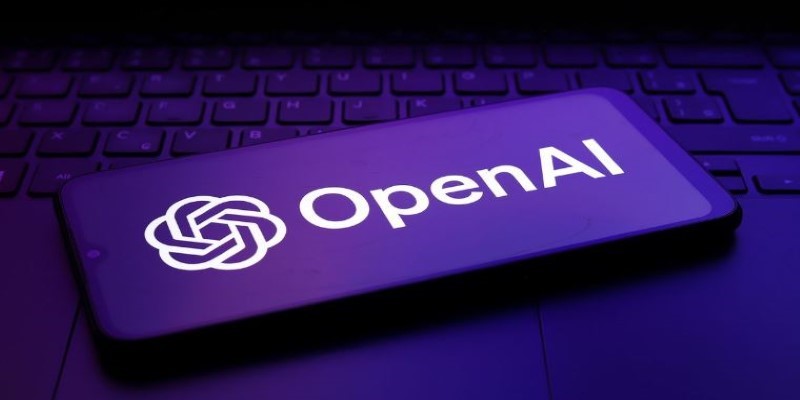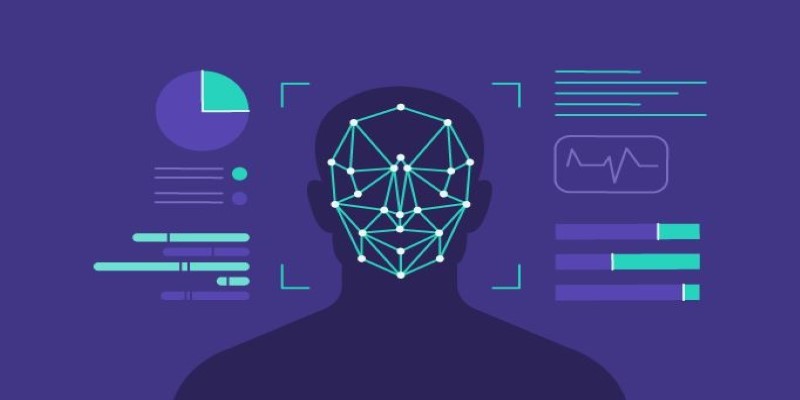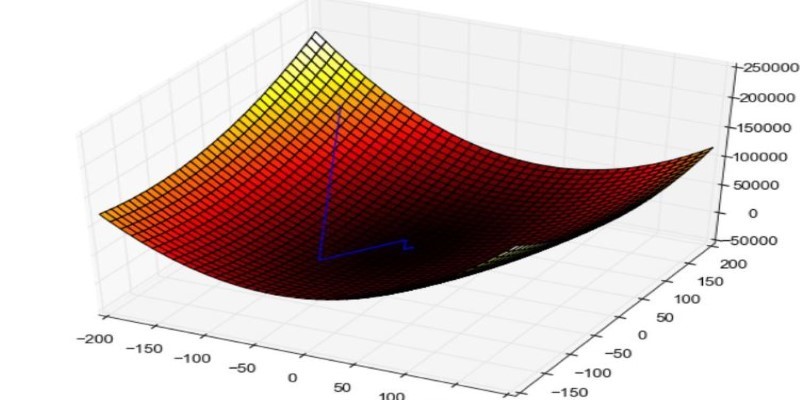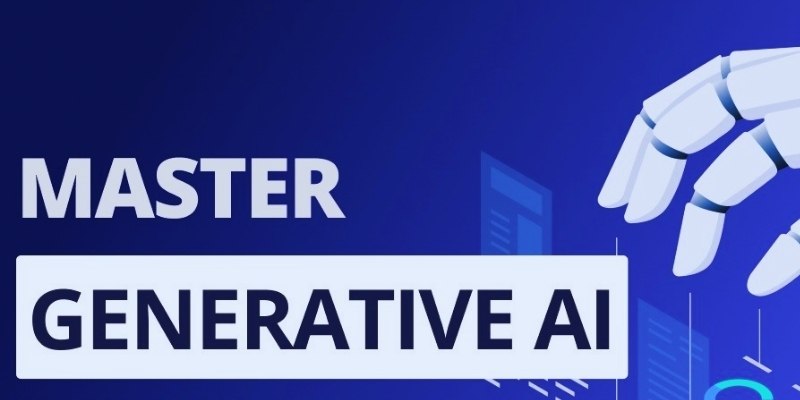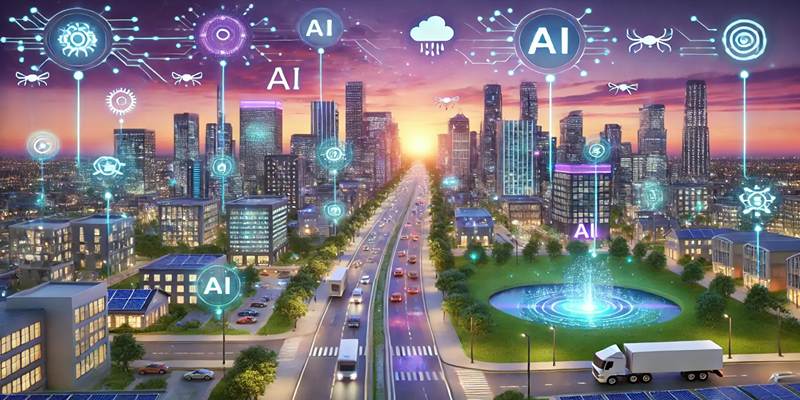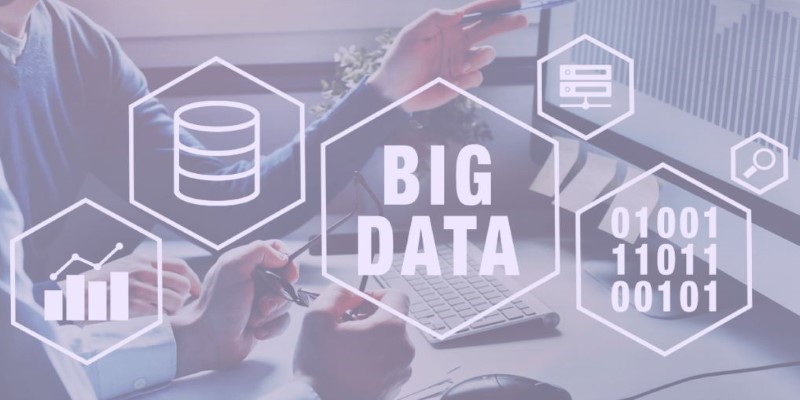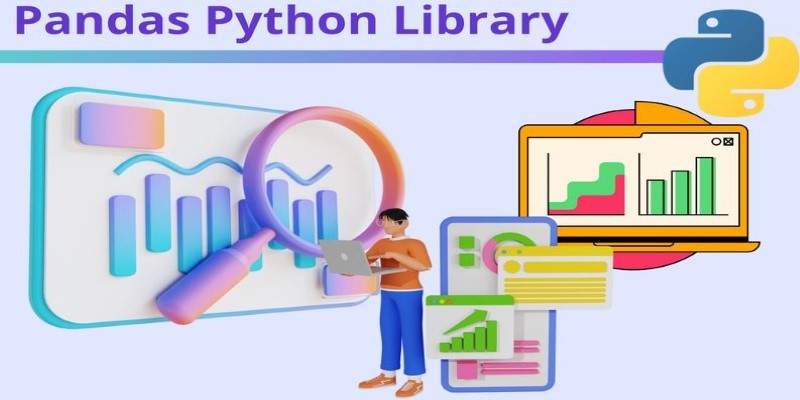Artificial intelligence has changed the way we create, consume, and interact with content. One of the most striking developments in AI-generated media is OpenAI’s DALL-E. It is a deep-learning model capable of generating images from text prompts. By combining vast amounts of data and sophisticated neural networks, DALL-E allows users to bring their imagination to life with a simple description.
From surreal dreamscapes to hyper-realistic portraits, this AI model can generate artwork that looks like human hands created it. But how does it work, and why has it become such a revolutionary tool in creative fields?
The Origins and Technology Behind DALL-E
DALL-E is an OpenAI product developed by the same research firm that developed ChatGPT. Its name is a combination of "Salvador Dalí," the surrealist artist, and "WALL-E," the computer-animated Pixar robot. This is a nod to its capability to create images that are both creative and technically sophisticated. The model itself is a variation of GPT, but rather than creating text-based responses, it is designed for visual output. It learns and interprets language to generate images that correspond to the input text prompts.
The central technology in DALL-E is a form of neural network called a transformer. Transformers are meant to handle huge amounts of information by finding patterns and associations between words. For DALL-E, this network has been trained on millions of images and their descriptions. When a user inputs a prompt, the AI interprets the words, predicts the best possible representation, and generates a new image from scratch. Unlike traditional image editing tools that modify existing pictures, DALL-E creates original visuals that have never been seen before.
Another significant element of DALL-E is its capacity to realize concepts beyond literal definitions. When asked for "a cat wearing a space suit on Mars," the computer doesn't simply put pieces together haphazardly—it realizes how to put them together in an aesthetically pleasing, logical way. This context sensitivity makes it highly valuable for designers, artists, and content generators who require special imagery.
How DALL-E Is Changing Creativity and Design?
DALL-E is not just a fun experiment—it has real-world applications that are transforming industries. Its ability to generate high-quality images within seconds has made it a valuable tool in fields like advertising, marketing, entertainment, and education. Designers no longer need to spend hours manually illustrating concepts when an AI can provide them with a range of ideas instantly. This speeds up the creative process and allows professionals to refine their ideas without the constraints of traditional methods.

For businesses, DALL-E provides an easy way to generate custom graphics without hiring professional artists or photographers. This is especially useful for small companies with limited budgets that need unique content for branding, advertisements, and promotional materials. Instead of relying on stock images, businesses can create one-of-a-kind visuals tailored to their needs.
In the world of gaming and animation, DALL-E offers a new approach to concept art. Developers can generate character designs, environments, and props with just a few words, saving time in the pre-production phase. Similarly, writers and authors can use DALL-E to bring their stories to life by visualizing scenes and characters in ways that were previously difficult to achieve.
Technology has found its place even in education. Teachers and students can use AI-generated visuals to illustrate concepts in science, history, and literature. Whether it's an artist's impression of an ancient civilization or a depiction of a futuristic invention, DALL-E helps bridge the gap between imagination and reality.
Ethical Concerns and Limitations
DALL-E’s capabilities raise several ethical concerns, primarily regarding misuse. AI-generated images can be used to create misleading content, deepfakes, or fake news. While OpenAI has implemented safeguards, the rapid advancement of AI image generation presents ongoing challenges for ethical oversight.
Ownership and copyright are also uncertain. Since DALL-E generates entirely new images, it is unclear whether users or OpenAI retain rights to the content. As AI-generated media becomes more common, legal discussions surrounding intellectual property are intensifying.
Despite its sophistication, DALL-E has limitations. It occasionally produces distorted or nonsensical images, particularly when interpreting complex relationships between objects. Generating text within images remains inconsistent, often resulting in unreadable or jumbled characters. While technology is advancing, it has yet to reach the full depth of human creativity.
Bias is another concern. Since DALL-E learns from internet datasets, it inherits biases present in that data. This can lead to overrepresentation of certain demographics and artistic styles while underrepresenting others. Efforts are ongoing to make AI-generated imagery more diverse, but addressing inherent biases remains a challenge in AI development.
The Future of AI Image Generation
DALL-E marks just the beginning of AI’s potential in image generation. As technology advances, future models will likely produce even more detailed and dynamic visuals, improving realism and abstract concept understanding while offering enhanced customization for users.
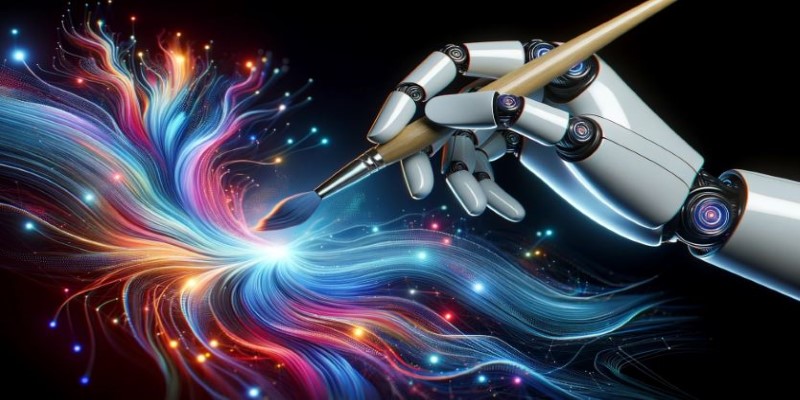
A key development could be the integration of AI-generated images with other media. Imagine an AI that not only creates still images but also animates them, generating full video sequences from text descriptions. This could revolutionize filmmaking, game design, and digital storytelling.
Personalization is another exciting possibility. AI models may eventually learn users' artistic styles, creating visuals tailored to individual preferences. This could foster AI-assisted collaborations, where human creativity merges seamlessly with machine-generated art.
AI-generated content may also become more interactive. With advancements in augmented and virtual reality, users could one day explore AI-created worlds, making digital experiences more immersive and customizable.
Despite challenges, rapid progress in AI image generation ensures that DALL-E and similar technologies will shape the future of digital creativity. Whether for professional use, education, or personal projects, these tools will continue expanding creative possibilities.
Conclusion
DALL-E is revolutionizing creativity by turning text prompts into vivid images, making digital art more accessible. Its impact spans industries, from design to education, but it also raises ethical concerns like misinformation and copyright issues. While AI cannot replace human creativity, it serves as a powerful tool for inspiration and innovation. As technology advances, AI-generated imagery will become even more sophisticated, shaping the future of visual content creation and redefining how we bring ideas to life.
